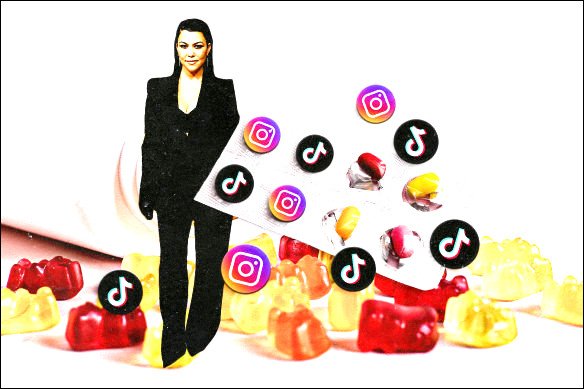The Changing Landscape of Light and Health
In a revelation that may forever alter our relationship with light, Professor Sean Cain postulates we may eventually view our artificial illumination habits with the same disdain as our once-accepted smoking culture. His intriguing research uncovers a striking correlation: erratic light exposure—think glaring brightness in the moonlit hours coupled with pitifully dim days—could elevate the peril of premature demise by a staggering 30%, alongside an alarming 40% spike in susceptibility to Type 2 diabetes.
Conversely, basking in sunlight during daylight hours emerges as a beacon of hope for mental well-being, acting as a buffer against the corrosive effects of depression, anxiety, and assorted disorders. Why such a profound impact? Simply put, light functions as the orchestrator of our circadian rhythms. When our internal biological clocks and behavioral patterns fall out of sync, our bodies are set up for dysfunction.
The prescription is simple yet impactful: seize sunlight as dawn breaks, immerse in natural light throughout the day, and as twilight approaches, dim the artificial glow that surrounds us.
The Year of Contrasts in Exercise
As we move further into 2024, the narrative surrounding physical fitness defies convention—this year, it’s all about contrast exercise. In a spirited revolt against the relentless hustle of high-octane workouts, individuals are discovering the merits of a more nuanced approach to movement.
This burgeoning trend champions the harmonious blending of gentler exercises like yoga and Pilates with bursts of high-intensity training. It welcomes leisurely activities—think brisk walking, hiking, and leisurely cycling—interspersed with vigorous bouts of sprinting or strength training.
The wisdom in this approach lies in its recognition of our bodies’ diverse needs: slower paces cultivate endurance and burn fat, while the occasional dash of intensity enhances cardiovascular capacity and muscle vigor.
The Rise of the Sober Curious Movement
A palpable shift is underway as more individuals reconsider their relationship with alcohol, a trend likely to persist into 2025. Increased awareness around the multifaceted impacts of drinking—socially, mentally, and physically—has led corporations and political figures alike to advocate for sobriety. Some businesses are even implementing outright bans on workplace drinking.
In a noteworthy study from Britain, evidence surfaced linking even moderate drinking to a heightened risk of cancer deaths among older adults. The growing backlash against what some have termed “mummy wine culture” showcases a broader societal trend rejecting the notion that alcohol is a requisite for socializing.
Responding to this transformation, beverage companies are scrambling to diversify their portfolios, introducing non-alcoholic options that promise to appeal to the health-conscious. Yet, experts caution against the illusion of “healthy” alcoholic beverages—after all, there remains no such thing as a nutritious beer.
A Reckoning with Plastics
The conversation around health and environment hit a crescendo this year, particularly concerning the pervasive issue of plastics impacting our lives in unseen ways. Investigative reporting unveiled the harrowing tale of “forever chemicals,” like PFAS, infiltrating our water systems and homes alike—from cookware to clothing, from cosmetics to food packaging.
These chemical compounds not only pose immediate threats but their long-lasting resonance in our ecosystem raises alarms. Research has uncovered the leaching problems associated with single-use plastics, and many are left reconsidering their kitchenware choices.
As awareness of the hidden perils of everyday plastics swells, the call to action is clear: promote alternatives like glass and stainless steel to guard against the encroachment of toxic materials.
In these shifting currents of light, exercise, lifestyle choices, and environmental consciousness, one truth remains: awareness is the first step toward transformation. The questions we ask today pave the way for the healthier, brighter choices of tomorrow.




